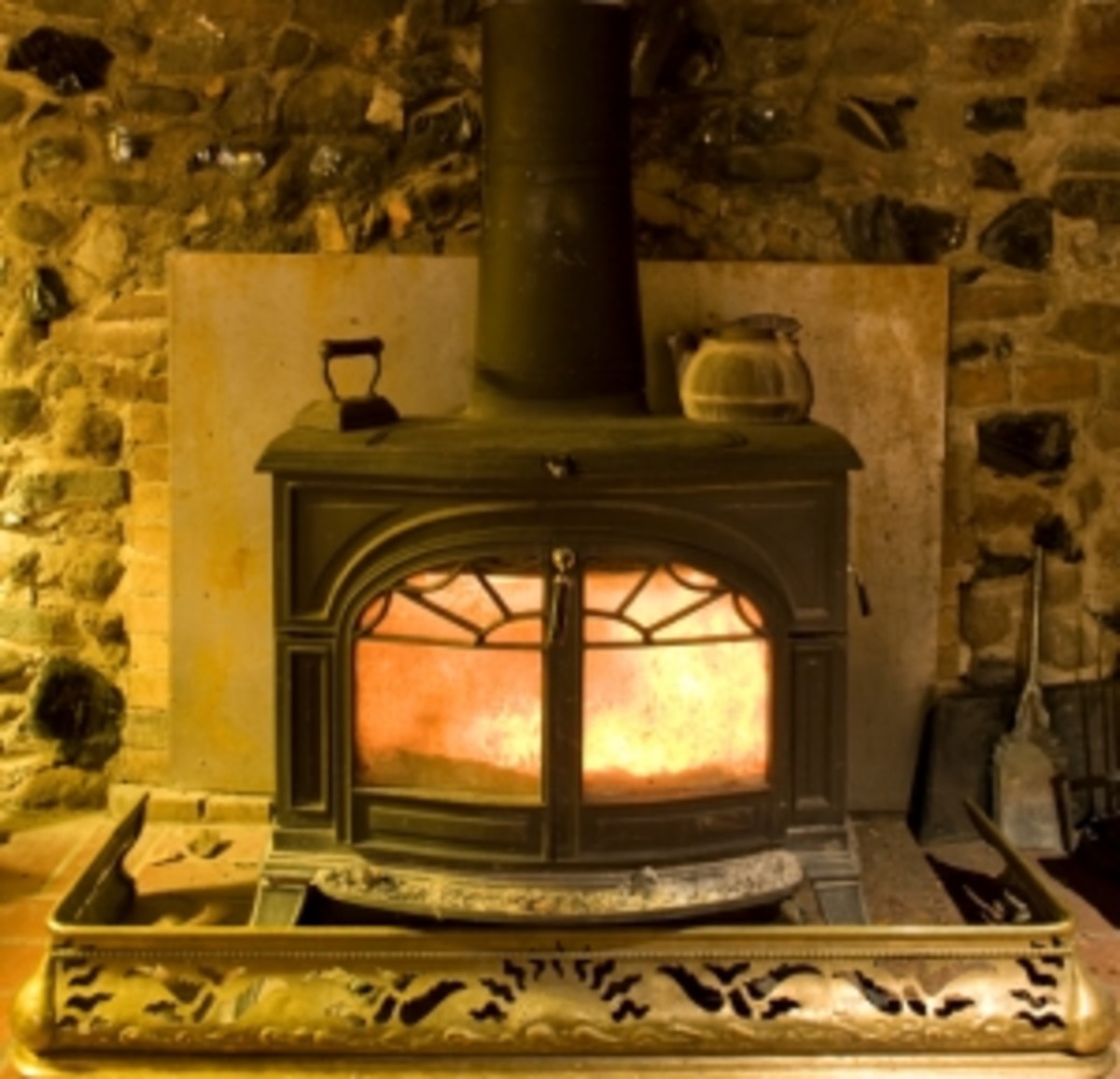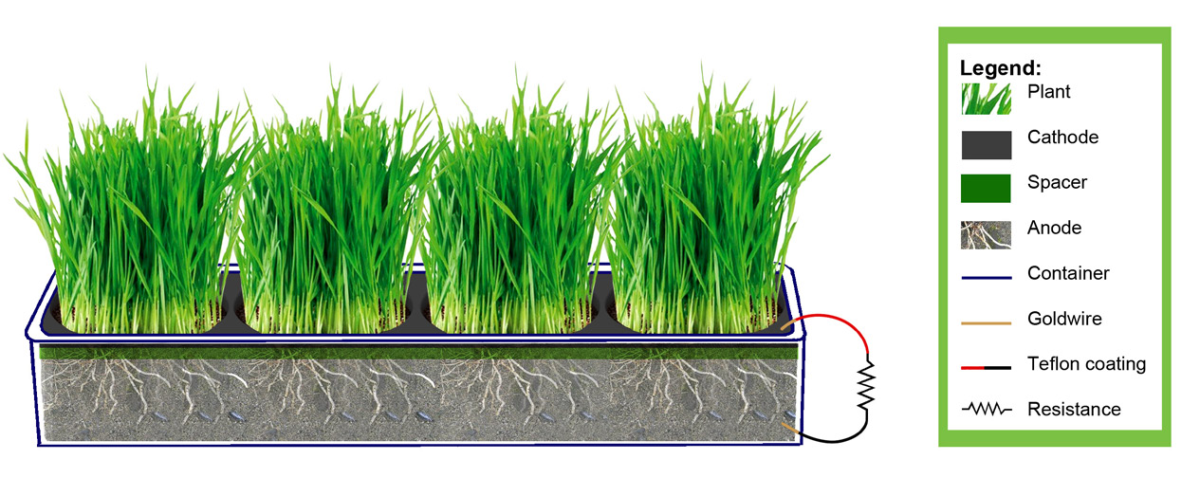4 Great Energy-Efficient Home Designs to Implement
When you would like to live in a more eco-friendly home, you aren’t just doing Mother Earth a huge favor, you’ll also be saving on money and other resources. Having an energy-efficient home can make it more comfortable to live in while letting you have a better hold of your finances as far your utility bills are concerned.
Remodeling a house for it to become more energy-efficient may seem costly initially, but when you look at its long-term benefits, you’ll see how you’re actually saving more money in the long run. You can always make energy-efficient changes little by little and add more once you have recovered from the costs that previous home design changes have amounted to.
Knowing about some great energy-efficient home design ideas can also come in handy when you’re just beginning to build your home. This way, you can truly have an overall more eco-friendly home with a lot of great energy-saving features. Instead of just building a home that looks nice, aim to build a home that actually feels nice and helps you live a more eco-friendly life as well.
Consider the following ideas if you decide to have a more energy-efficient home instead of just having a visually appealing one.
Skylights
First up, skylights.
Skylights are architectural features which allow your home to have a more “open” roof to let more light in. You can think of a skylight as a kind of overhead window. Adding this architectural feature actually helps make your home look more unique and stylish apart from making it more energy efficient.
For existing homes, you can have professional builders install skylights in some portions of your home such as the living room or sun room, the kitchen, or maybe even the bedroom if you so prefer. Skylights can even make your interiors look more spacious and connected to the outdoors.
One of the main benefits of having skylights is that it can help reduce the need for daylight. This kind of architectural feature is ideal for locations where the sun isn’t too hot even while it is at its peak so you can benefit from natural light to illuminate your interiors.
During colder months, skylights also help in increasing the internal temperature of your home by allowing more natural outdoor light and warmth from the sun penetrate your home. In the summer, you can always choose to have your skylights covered when you feel it makes your rooms too hot. Skylights are great when it comes to reducing the need for interior lights during the day.
How effective are skylights for your home?
Heating Features
Four-season countries are big on energy-efficient home designs since winter actually calls for a lot of energy use — especially for heating the house. Because of this, a good amount of consideration for heating features inside your home can help you save more energy during the cold winter months.
One of the main design ideas that can contribute to more efficient heating is your home’s insulation. Today, you can have insulated walls that are designed to be more efficient in keeping the heat inside during the winter months. This reduces the amount of effort your heater has to go through during these cold months. It also keeps the cold out for much longer.
As an added measure in effectively keeping your home warm during the winter months, consider carpeted flooring. This may require a bit more work when it comes to cleaning, but you’ll be thankful you made this choice when you have to get up at night and walk around the house on your bare feet. Carpeting also acts as an extra layer of insulation during the cold season, while remaining a delightful addition to the visual appeal your home has for the rest of the year.
Furthermore, you can consider more advanced passive solar home designs that are supposed to take advantage of climactic changes — keeping you warm during the winter and cool in the summer. The elements behind this approach where professional designers and builders can help you out include insulation, proper window locations, and complementary heating and cooling systems.
Ventilation and Cooling
You may be disregarding your house’s colors when it comes to figuring out how cool you can keep the interior of your home. When you live somewhere known to have blistering summer days, it would be wise to implement bright exterior colors to help reflect the light and heat off from your home. If you want a more energy-efficient home design, you ought to consider having cool roofs installed to help you have much cooler and comfortable summer days.
Cool roofs make use of highly reflective materials that reflects more of the sun’s light and heat away, allowing your home to avoid absorbing too much heat. This can help reduce air-conditioning needs while decreasing roof temperature. In turn, this can help you have a longer lasting roof as well.
If you have a skylight, you can have the option to close your skylight during days that are too hot and keep your interiors cool through the help of a well-designed roof at the same time. Open your skylight during colder days to have a more direct heat source even within just a small portion of your house. These two ideas can truly work hand in hand to help you better manage your interior temperature.
Furthermore, you ought to consider installing ceiling or wall fans over stand-alone fans. These wall or ceiling-mounted fans help regulate air much better inside your home. With a wide-armed ceiling fan, you will only need one fan to cool your room. Additionally, this same fan can have a light installed with it, making the energy consumption even more efficient by making an appliance work in more than just one way.
Digital Thermostats
If you truly want to have superior control on your home’s temperature and energy consumption, you ought to invest on digital thermostat systems. This allows you to have more precise control over your home’s interior temperature.
A few degrees cooler or hotter can mean a huge difference on your utility bill. Digital thermostats allow you to have the option of timing when to open the heater or air conditioner. This way, you can have better control of when you actually need heating inside your home.
Heaters don’t have to be turned on all the time and with the smart features of modern digital thermostat systems, you can set your heater to open after every several hours. Heat generated during the hours it was actively open actually lasts for a few more hours — during which time you can give your heater some rest. The next time it is set to open (while the interior is still a bit warm), it can be programmed to be a few degrees cooler just to sustain the amount of heat that's already in your home.
Couple your digital thermostat system with layered clothes, carpeted floors, skylights, and a cheery fireplace, and you can really save a good amount on your utility bill. The same idea applies for summer days when you can control when you need to cool your home most with the air conditioner without leaving it on for too long.
Consider adding these energy-efficient features and design ideas to your home and you will thank yourself for making these wise choices. You will feel the huge difference they make when it comes to overall comfort, especially when you think about the savings you can get from having a more eco-friendly home.








